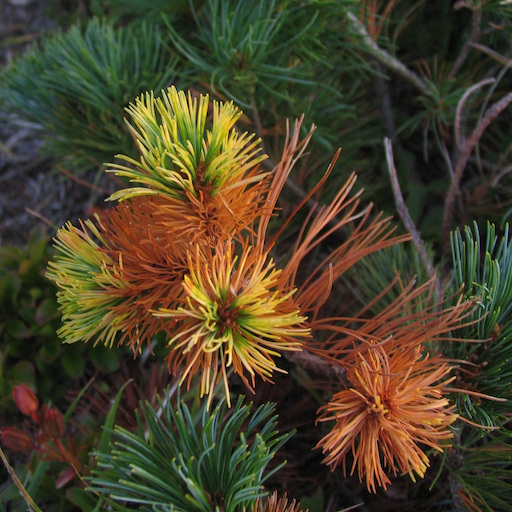Bykasov V. E., Chujan G. N. Mouth-Littoral Type of Locality in Kamchatka // «The Proceedings of the Pacific Coasts and Ports’ 97 Conference». Vol. 2. Centre for Advanced Engineering University of Canterbury / Christchurch. New Zealand. 1997. P. 603–604.
MOUTH-LITTORAL TYPE OF LOCALITY IN KAMCHATKA
V. E. Bykasov and G. N. Chujan
Sustainable nature management in each region concerns the use of a special methodology of distinguishing between landscape complexes which, in its turn, should reflect individual natural features of each particular region and at the same time correspond to main needs and priorities of its social and economic development. Practical results of economic exploration of unknown or poorly studied areas, such as, for instance, Kamchatka, show that the most sustainable conception of their development should be based on typologization of landscapes, because it permits to extrapolate information and recommendations elaborated for typical zones to the other ones with similar characteristic.Typological methodology of landscapes distinguishing is the most suitable for creation of the development strategy of the region Kamchatka. It permits to correctly extrapolate main principles and recommendations elaborated for a typical, so called key area, to the other similar ones. Types of locality turned out to be most representative typological units for the purpose of sustainable nature management in Kamchatka.
Despite some differences in theoretical approaches to the definition of the thermo types of locality, this methodology is quite universal. The conception of the type locality may have various definitions but the following basically features are common for all of them: 1) each type of locality is attributed to a particular altitude-climatic zone; 2) formation of the type of locality is caused by a definite relief-forming process (or regular combination of several processes) leading to formation of a definite locality (goletz, mountain slopes, fluvial-glacial piedmont plans, terraces, river plains ets.); 3) the borders of a particular type of locality are determined by the areas of distribution of its dominant, typical ecosystems (biogeocenoses); 4) types of locality with wide areas of distribution posses zonal (bioclimatic) subtypes (variants), each subtype has its regional peculiarities in the structure of its ecosystem (biogeocenotic) cover; 5) relative uniformity in the economic development of the localities based on similarity of their lithologic, morphologic, climatic, edaphic and ecologic (biogeocenotic) conditions.
Thus, in general, the types of locality is a genetically and morphologically inform locality (river plain, terrace, mountain slope and so on) with common lithologis morphologic, edaphic and bioclimatic conditions and regular combination of dominant, typical ecosystems (biogeocenoses), characterized by relatively uniform economic development.
Mount-littoral type of locality is formed by accumulative forms, including lagoons and inset beaches that originated in the second half of the Holocene as a result of eustatic upheaval of the sea level and intensive wave (stormy) and tide activity. It occupies vast areas of western and north-eastern coasts of Kamchatka and river valleys of some large rivers of the peninsula.
Lagoons and limans are the most typical elements of the mouth-littoral type of locality. These areas may be treated as peculiar transitional zones (ecotones) between frech-vater and marine ecosystems. In fact, all these basins have stable hydrologic regime, without waves, because of their separation from the sea. This causes intensive eutrophication and pollution of lagoons and limans. At the same time the waters of lagoons and limans are saturated with salts and other chemicals from the sea waters through the breaks in the accumulative forms.
Two geochemical barriers appear simultaneously in the places of contacts between fresh waters and brackish waters of lagoons, and between brackish waters and waters with oceanic salinity. Shallow waters and low speed of water currents provide better and quicker heating of the lagoons as compared to the open sea.
These factors put together cause very specific thermic, hydrochemical and hydrobiological regimes making lagoons of Kamchatka the most suitable places for adaptation of juvenile salmon (smolts) migrating from the rivers into the sea and readaptation of adult salmon returning from the sea into the rivers for spawning. So mouth-littoral type of locality as a whole may play the role of a peculiar transitional zone favourable productivity of salmon.
From the economic point of view, mouth-littoral type of locality, being a transitional zone between terrestrial and marine landscapes, are the only possible places for construction of fishery and fish-processing enterprises and settlements connected with them. That is why river mouths of Kamchatka became places of concentration of fishery factories, fisherman settlements and other objects of fish from the very beginning of the economic development of the region. It seems pertinent to present the following data: there were 1298 fishery enterprises in Kamchatka in 1940, and annual harvest of salmon averaged 200–250 thousand tons.
On the other hand, mouth-littoral type of locality is hardly suitable for human life because of unfavourable landscape and conditions, i.e. absence of good drinking water and sometimes total absence of fresh water available; frequent and strong winds (sometimes hurricanes); fogs heavy clouds (up to 70%); high tides together with stormy winds that frequently cause real natural disasters. All these make mouth-littoral type of locality and particularly those parts where most fishery enterprises and settlements are located (called “cats” – “koshka”) to be very dangerous places for people. So it was no wonder that the number of fish factories was reduced to twenty (from 1298) in 1980-s and simultaneously open sea fishery developed actively. General destruction of the reguon’s economy and breaking of all former economic ties in the country lead to almost total reduction of fishery and fish-processing industry on both coasts of Kamchatka.

